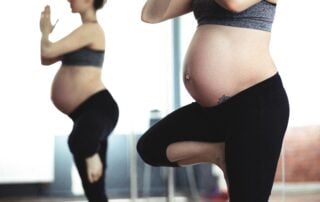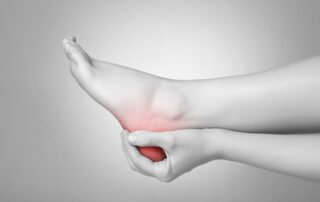
The holiday season is a busy and exciting time of year, but it can also be quite stressful. Between shopping, parties, traveling, and visiting family, it’s easy for your regular exercise routine to fall by the wayside. Research has shown that physical activity levels tend to decrease the most after holidays.
That’s why it’s so important to make your health a priority this time of year. Regular exercise can actually help reduce holiday stress and keep you feeling your best.
Here are some of the key benefits of maintaining your fitness routine:
Stress Management
The holidays bring a lot of added demands on your time and energy. Exercise is a proven way to manage stress and improve your mood. When you work out, your body releases endorphins that can lift your spirits and help you better cope with the pressures of the season. Making time to be active, even just a little big each day, can go a long way in keeping you calm and centered.
Immune System Support
Cold and flu season tends to ramp up during the winter months. Staying active can help support your immune system and reduce your risk of getting sick. Keeping up with your workouts makes you less susceptible to holiday illnesses that could derail your plans.
Weight Management
The holidays are full of rich, indulgent foods that can pack on extra pounds if you’re not careful. Regular physical activity helps you maintain a healthy weight by burning calories and boosting your metabolism. It also gives you an outlet for all the extra energy you may have from eating richer foods.
If you’re having trouble sticking to your exercise routine, consider talking to your physical therapist. They can create a customized fitness plan to help you stay on track, even with a busy holiday schedule. Physical therapists can teach you exercises you can do at home and provide tips for fitting activity into your day.
Here are a few quick tips to help you stay active this holiday season:
- Schedule your workouts like any other important appointment and don’t cancel them.
- Find ways to be active with friends and family, like going for a walk after a meal.
- Keep home exercise equipment (like weights or a yoga mat) accessible and ready to use.
- Park further away from stores and buildings to get in extra steps.
Don’t let the hustle and bustle of the holidays derail your health and fitness goals. With a little planning and creativity, you can maintain your exercise routine and enjoy a happier, healthier holiday season.
Keep Reading…
Exercising During Pregnancy
Whether you are appropriate for an exercise routine during your pregnancy is a discussion you should have with your OBGYN during the first few weeks of your pregnancy.
5 Ways to Prevent Injury at Crossfit
From an air squat, to a heavy back squat, a power clean, to a shoulder overhead press; one’s core should always be engaged.
Shin Splints vs Stress Fractures
Shin splints refer to pain on the front, outer part of your shin that results from microtears in the muscles that surround the shin.
Plantar Fascittis
Pain experienced in the arch of the foot or underneath the heel is likely due to a strip of connective tissue known as the plantar fascia.
Achilles Tendonitis
The Achilles tendon is the thick band of tissue at the back of the heel that connects the calf muscle to the heel. Achilles tendonitis occurs if that tendon becomes irritated and tightened due to chronic stress, usually from a dramatic increase in training mileage, and makes up 11% of running injuries according to a Runner’s World article. It’s best to address this type of injury right away because if the tendon becomes chronically irritated and
IT Band Syndrome
Pain experienced at the outer part of the knee is likely to be related to the IT band, the strip of connective tissue that runs along the outer part of your thigh from the hip to the knee. According to a Runner’s World article,







